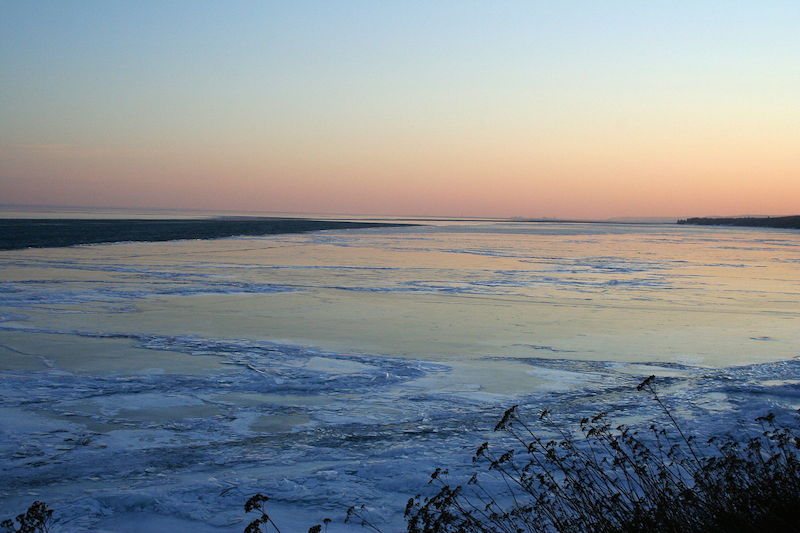According to the Canadian Encyclopedia, lake ice forms on freshwater bodies when surface water temperatures fall slightly below the freezing point (0°C). Since water achieves its maximum density near 4°C, the coldest water is at the surface of a lake - more dense water at 4°C remains at the lake bottom, favouring the formation of floating ice on the lake surface. Once formed, lake ice usually thickens over the course of winter and can result in freezing of the entire lake if the lake is shallow and the air temperatures are sufficiently low.
Material on this page was provided by Maren Pauly, Department of Geography, University of Waterloo. Hover over photographs for image credit.
Last updated on 06/11/2017



